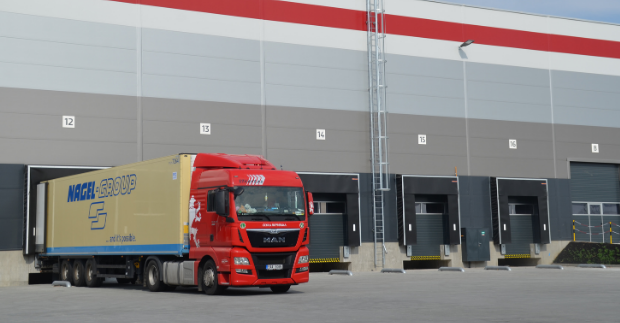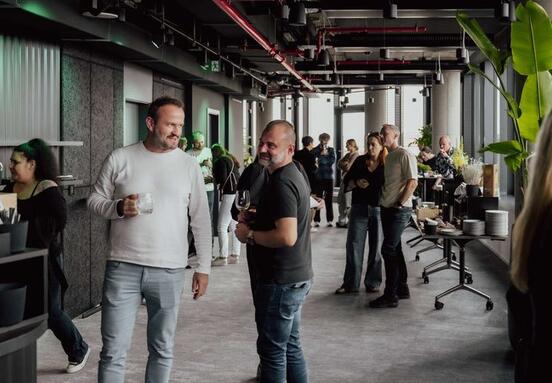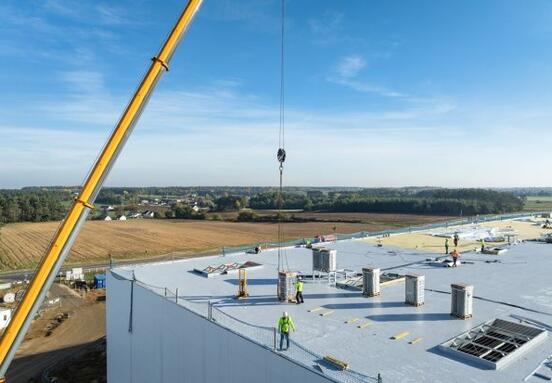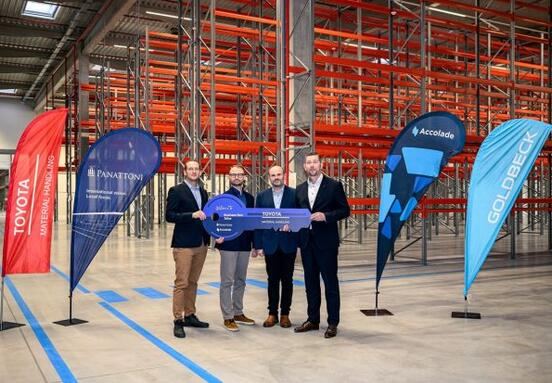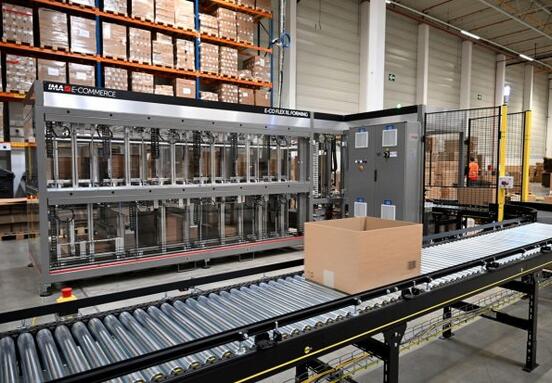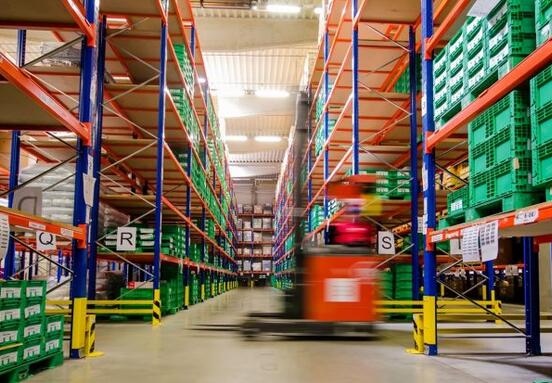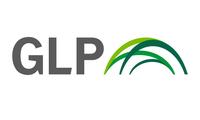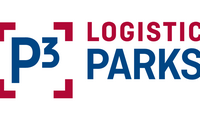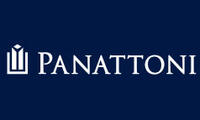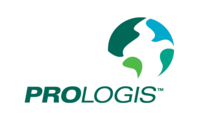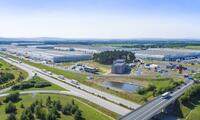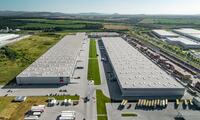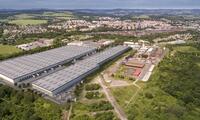The industrial sector has confirmed its stability in the crisis
Despite all the negative effects of the pandemic, the industrial sector has shown its resilience, stability and future potential. The proof is the numerous acquisitions made on the domestic market and the entry of new developers. In addition, in 2020, the Czech Republic became the country with the most environmentally friendly industrial building thanks to the Panattoni Park Cheb South project. "Interest in environmentally friendly warehouses and parks is growing on the part of developers and tenants, and we can thus expect the development of this trend in the years to come," says Michal Bílý, an analyst at a real estate consulting company 108 Agency.
In 2020, a total of 218 transactions of modern industrial premises took place, while the average size of one lease was 3,490 m2. The largest transaction in terms of m2 was taken care of by the logistics company Loxxess, which leased 66,294 m2 of industrial space in CTPark Bor. Gross demand (including renewed contracts) exceeded 1,345,000 m2 and is comparable to previous years.
CTP owns almost 30% of industrial real estate on the Czech market
As of December 2020, CTP had the largest market share in terms of ownership of completed premises, followed by developers P3 and Prologis. Together, the three companies own more than 56% of all available premium industrial space for lease. From the point of view of regions, Prologis has the largest share in the Central Bohemian Region, including Prague, which owns 586,000 m2 in the district of Prague-East and 372,000 m2 in Prague-West, followed by P3 and CTP. In the Plzeňský, Ústecký, Jihomoravský, Moravskoslezský and Olomoucký regions, the developer CTP owns the largest share of all modern industrial areas for rent. In the Hradec Králové Region, on the other hand, it is with a significant predominance of P3.
Most construction will take place in the Pilsen and Moravian-Silesian regions
Almost 3.5 million m2 of industrial space intended for lease is located in the Central Bohemian Region, which is the largest volume in the regional perspective. However, the Pilsen and Moravian-Silesian regions are leading the future planned construction, where a total of almost 1.7 million m2 of new industrial space could be created. "The popularity of the Moravian-Silesian Region among developers is growing. More and more of them are planning to implement new construction in the vicinity of Ostrava. The four currently announced projects will offer more than 570,000 m2 of "A" class space for rent upon completion. These are the Ostrava Airport Multimodal Park, the GLP Park Ostrava Hrušov, the P3 Ostrava Central project and the recently announced Panattoni project in Mošnov,” explains Jakub Holec, CEO of 108 Agency.
Developer Panattoni plans to launch more than 1.2 million m2, followed by CTP and CPI. "If we add to this day all the projects that are already under construction at the moment, or their construction is planned, the Czech industrial market should reach an area of almost 14 million m2 in the future," adds Michal Bílý.
The most active sector in terms of new transactions was logistics and warehousing
Gross realized demand (including renewed contracts) exceeded 1,345,000 m2 last year, net 815,000 m2. According to developers, Prologis reached the highest 30% stake, followed by 27% of CTP and P3 with 21%. Almost half of the transactions took place in the logistics/warehousing sector. The largest lease transactions in the logistics sector were carried out in the districts of Tachov, Prague-East and West, and Litoměřice.
Demand was in the spirit of contract renewals and great interest in short-term leases
The year 2020 can be characterized as a year of short-term leases and extensions of leases. These two categories accounted for more than half of the demand and went mainly to the areas around the capital city of Prague, Pilsen and the vicinity of motorways. "More and more companies are aware of the quality of their locations and are trying to secure space for their business for a longer period in the range of five to ten years in advance," says Jakub Holec.
Record low vacancy in Prague and its surroundings
From the point of view of the balance between supply and demand, the best is the Pilsen region, which, despite a large number of new tenants, still has sufficient opportunities for new construction. In Prague or Brno, the situation differs significantly, as there is a long-term lack of prepared projects for further development and the approach of the state administration does not contribute to development. In the fourth quarter of 2020, the vacancy rate in the district of Prague-East reached less than 1.5% and Prague-West 1.1%. From the point of view of tenants, the situation in the Moravian-Silesian Region is interesting, where supply far exceeds demand. This is one of the few regions in which we do not observe rapid growth in rents due to the number of competing development projects.
Lengthy permitting processes complicate new construction
Permitting industrial construction in the Czech Republic takes several years. In addition to the complex permitting process itself, obstacles are often the reluctance of local governments to support these constructions and the lack of interest of municipalities in the development of the industrial zone in their cadastre. "In our view, this situation would be significantly better if taxes were distributed fairly to local budgets from companies that manufacture or operate their services in these industrial zones, such as neighboring Germany," said Robert Sgariboldi, head of industrial leases in 108 Agency.
Source:// Systémy logistiky
